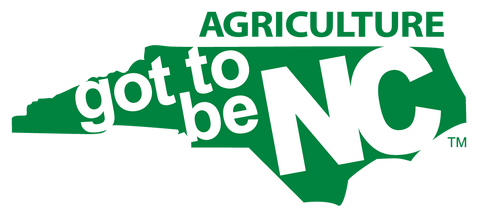One thing that really sets good CBD companies apart from the not-so-good ones is transparency regarding their products. Since there are not a lot of quality regulations in the CBD industry, not everyone follows best practices and standards. One way to know exactly what you are getting is to buy from a company that provides Certificates of Analysis for their products.
What are COAs?
Certificates of Analysis, or COA’s for short, are tests run by third party companies to test a CBD product and report exactly what is (and isn’t) in that product. Since the tests are done by separate companies that operate certified labs there is no way to cheat these tests or alter the results/findings. There are many types of these tests but arguably the most important would be a Cannabinoid Profile test. This tells you exactly what cannabinoids (the active compounds in a CBD hemp plant) are present and in what amounts.
Armed with this information, customers can know exactly how much of the product to use to achieve the results they are looking for! At Appalachian Standard, we pride ourselves on testing all of our products and making that information available to all on our website. Reading one of the results findings from these tests can seem daunting but it’s very straightforward.
An Example of a COA
For reference, here is the cannabinoid profile results from Abacus flower. There are two columns, % and mg/g, which refer to how much of a specific cannabinoid is in the sample. % and mg per gram are functionally the same thing except that % refers to a number from 0-100% while mg/g references how many milligrams are in a gram of the sample (one gram is 1000 mg). Therefore the numbers actually convey the same thing, just different by a multiple of 10. For example, Abacus contains 16.31% Max Active CBD which means that there are 163.1 grams of Active CBD in each gram of flower.
Using this information, a user can extrapolate how much CBD is in a certain amount of the flower – half of 163.1 is 81.55 so that’s the amount in a half gram of flower. ¼ of 163.1 is 40.78, etc etc. Some CBD is lost in the process of smoking but this is a great way to have a baseline understanding of how much of the cannabinoid you will be consuming!
One thing you will notice is that there are lines for CBD as well as CBDA, and there are lines for THC and THCA. The -A on the end refers to Acid. CBD is cannabidiol and CBDA is Cannabidioilic Acid. You will find that CBDA is more present on the plant by far. CBDA and THCA are the chemical precursors to CBD and THC respectively. To convert them, some kind of energy is needed to break bonds which change them to their final form -- CBD and THC. This is why you have to smoke flower instead of just eating it, for example. The heat breaks down the molecule and allows the conversion to take place. Therefore the lines for CBD and CBDA and THC and THCA are functionally interchangeable. The CBDA number should be added to the CBD number to calculate the amount of total CBD on the plant. The COA also lists a number for “Total Cannabinoids” which is the sum of all of the different cannabinoids that are measured in the test. One other thing to keep in mind is that there is a column for the “LOD (mg/g)” as well. This refers to the Level of Detail of the test.

In the Abacus COA, this is either 0.2 or 0.4 mg per g (which means 0.02% or 0.04%). The LOD is the smallest detectable amount of the particular cannabinoid that the test can measure. If something is less than the LOD it means there is less than 0.02% or 0.04% present in the sample so it’s a functionally non-existent amount. For example, Delta 8 THC is one such molecule on the Abacus sample (and all of our strains actually).
Now that you are armed with the knowledge of how to read these scientific test results, you can really dial in which products work best for your needs and how much of them you will need to use to achieve desired results. Of course, please always feel free to reach out to customerservice@ross.farm if you have any questions about any of our products or our COAs!
Interested in seeing what we are up to? Follow our Instagram or Facebook!









Comments (0)
There are no comments for this article. Be the first one to leave a message!